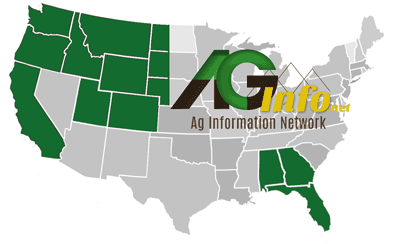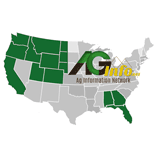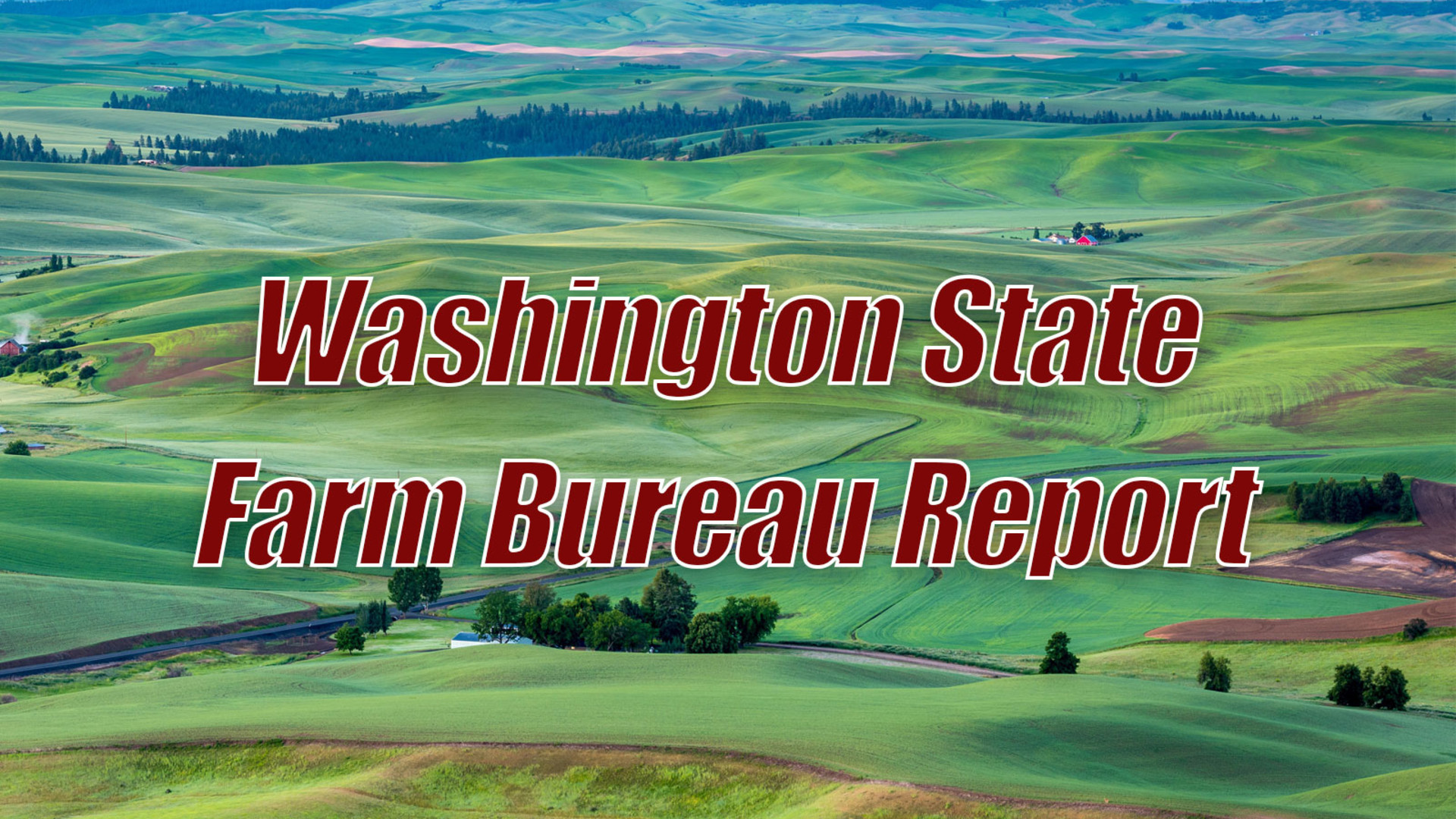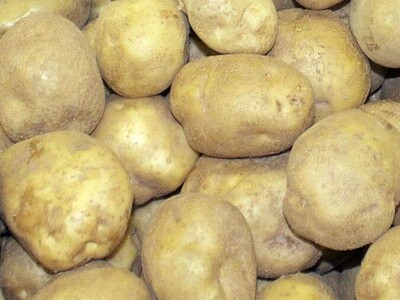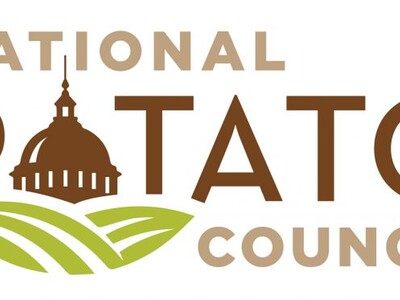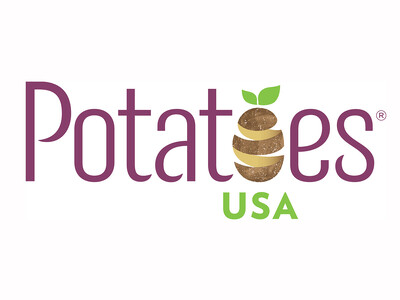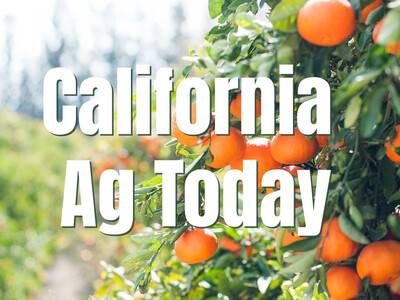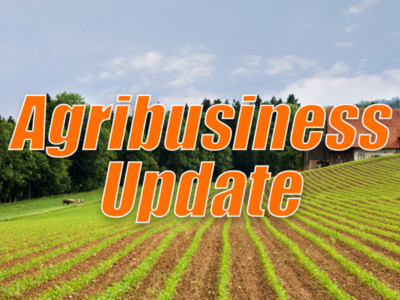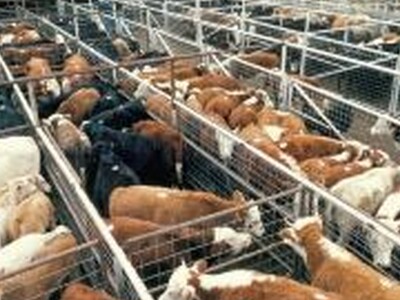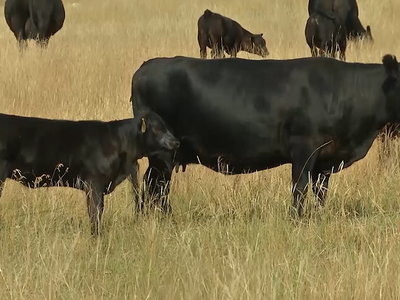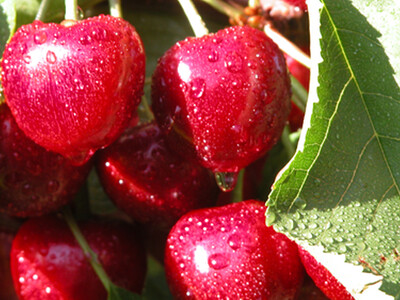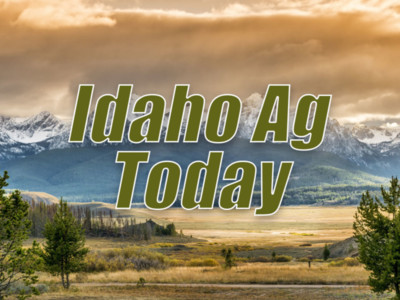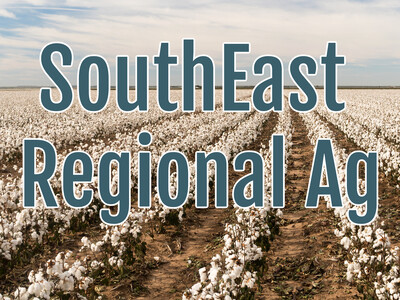Canolage
Washington Ag Today July 22, 2009 Getting dryland winter canola established in the fall is difficult in the Pacific Northwest. So, how about planting winter varieties in the spring, then taking cuttings of silage or canolage in summer and fall, with the plants wintering over and harvested for seed the following summer. That’s what Jack Brown’s brassica program at the University of Idaho is researching. Brown: “Well if you plant canola in the spring time, but you plant winter types, they require cold treatment or vernalization so they don‘t produce flowers they just produce enormous amounts of green leaf biomass.” Brown says that canola biomass is an excellent feed for cattle. Brown: “Very high in protein. Actually higher in protein that alfalfa hay and so what you can do is cut this and make silage. We call it canolage. If you imagine that the relative feed value of alfalfa hay is around about 100. The relative feed value of canolage is over 300.” In irrigated situations Brown sees several cuttings of canolage. For dryland they are looking at planting spring triticale with the winter canola for silage then either spraying out the triticale or letting it winter kill. During the winter the canola vernalizes and produces seed the next summer. Brown: “Indeed a seed yield that is about 25% higher than if you had planted a good crop in the fall.” Brown attributes the additional seed yield to the larger root system that has had time to develop for the canola plants. I’m Bob Hoff and that’s Washington Ag Today on the Northwest Ag Information Network. ?
